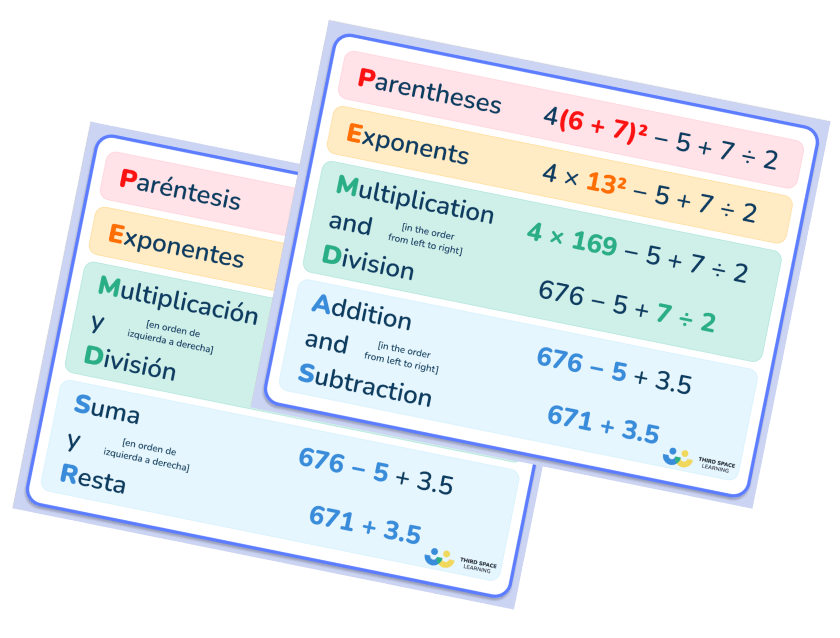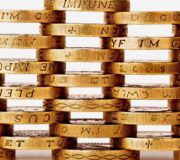5 Tips For Encouraging Real Life Math
From the Olympics to vacation planning, we all need to understand the math surrounding us. Calculators and impressive new machines can help us, but there is no substitute for being able to understand the math concepts ourselves.
Indeed, beyond the everyday, math skills are becoming increasingly important in today’s job market. According to the US Bureau of Labor Statistics, “Overall employment in math occupations is projected to grow 29 percent from 2021 to 2031, much faster than the average for all occupations.” With the growth of new industries, this is set to grow further in the future.
You can make sure your child is prepared for this new world by highlighting the real-world math involved in daily life. The home learning opportunities below will help steer you in the right direction.
Shopping
Let’s start with one of the most obvious ways to demonstrate real life math. With online shopping becoming ever more dominant, you may not do as much traditional shopping as you once did. However, the shopping experience is the perfect example of math in real life.
One of the easiest ways to incorporate real life math is to involve your child in decisions and real-life situations. This can be done by teachers and parents. For example:
Budgeting
In the grocery store, try asking your child to estimate how much the items in your cart are going to cost. Do they think the total will be within the budget set?
If you are feeling brave, you could provide a small budget for their own part of the shopping. This will help them get used to moderating their spending habits to live within their means. In order to successfully spend within budget, they will need to carry out mental calculations quickly.
In the classroom, you could suggest a budget for a class party and have students allocate the budget. This could make a great math project to practice students’ collaboration, creativity and mathematical concepts.
This is particularly powerful as it will solidify knowledge of the four operations and improve memory retention. Any situation where your child has to practice a method in an environment different to the one in which they originally learned it will also help to grow their brain.

Checking Your Change
This one is as old as money itself. It is one of the most important life skills – checking the money provided to you matches what you are owed.
Your weekly shop is an excellent place to start. Before actually checking the change at the end of the shop, you could practice with your child throughout the day with questions such as:
_______
‘If our total comes to $47.58 and I pay with a $50 bill, how much change should we receive?’
This will practice your child’s subtraction skills. You could challenge them further by involving them in the payment of a restaurant bill and applying their knowledge of percentages and decimals to calculate your server’s tip.
_______

Meet Skye, the voice-based AI tutor making math success possible for every student.
Built by teachers and math experts, Skye uses the same pedagogy, curriculum and lesson structure as our traditional tutoring.
But, with more flexibility and a low cost, schools can scale online math tutoring to support every student who needs it.
Find out moreNavigating Sales
Asking your child to calculate how much you would save by buying an item on sale will certainly get their brain working. You might even inspire them to become the next generation of enthusiastic shoppers – lining up outside of stores from the early hours of the morning to take advantage of bargains. A great use of all that knowledge gained in math lessons!
Asking your child to work out the original price is particularly powerful in highlighting how much money you could save.
For example, asking your child to work out the original price of an item that now costs $18 after being reduced by 20% is a good place to start.
(They need to divide $18 by 80 and multiply this answer by 100 to get the original price. Of course, you may allow them to use a calculator to quicken the process in this instance!)
You could also explore why it is worth studying the price of items by weight or unit, rather than only the price on display. This will help them learn how to save money in the long term.

Car Trips
Are we there yet? That everlasting question. We can also help you here.
Instead of responding to this question as usual, how about returning the question by asking them to calculate how long is left?
Questions regarding distance, speed and time are great, particularly if you can link them to your current journey.
For example, using the following information:
- 10 miles left on your journey
- Average traveling speed of 30mph
You could ask your child how long it is going to take for you to get to your destination.
Answer = 10 ÷ 30 = 0.33 hours (20 minutes)
You could extend this question by asking:
If we were traveling at 70mph, how much faster would we get there?
Real Life Math In Your Local Park
Your local park is a treasure trove of real life math. From the playground equipment to the trees, so many of the key features of a park lend themselves as math resources to practice skills key to trigonometry in middle school and high school.
Can your child work out all the angles present on the playground equipment? What angles are found the most?
There is also a lot you can do with the area and perimeter of a park. Is it possible to estimate the perimeter? Is it possible to estimate the area?
If this is too large an undertaking, you could ask your child to estimate the perimeter and area of a more manageable section such as the play area.
Discuss what measurements would be best to use in this scenario. If you use millimeters, you may be there for a long time!
If you’re struggling to come up with activity ideas, we have plenty of home learning resources you can download and use!
Video Games
Excessive screen time can certainly be a negative. The wrong type and frequency of screen time can leave children feeling like zombies when in school.
However, the appropriate type and quantity of screen time can be beneficial to children’s development. Through such play, real life math comes to the fore.
Games that focus on strategy are particularly effective. These games often simulate, in some small part, being responsible for the long-term health of a financial budget.
Whether you are the mayor of a fledgling city or responsible for the operation of an airport, math skills will be essential for success.
House DIY
Building that new piece of furniture is an additional activity that will bring the importance of learning math to the forefront of your child’s mind.
When building, there are plenty of opportunities to incorporate math. Measuring the space you will need when all sections are laid out is a good exercise to begin with. This will not only help to avoid any cramped spaces, but also encourage your child to visualize a variety of shapes!
Once the furniture is spread out, you could ask your child to double check the number of pieces you have with the number stated in the instructions. There is nothing worse than realizing there is a missing piece at the very end of the process!
Do you have students who need extra support in math?
Skye—our AI math tutor built by experienced teachers—provides students with personalized one-on-one, spoken instruction that helps them master concepts, close skill gaps, and gain confidence.
Since 2013, we’ve delivered over 2 million hours of math lessons to more than 170,000 students, guiding them toward higher math achievement.
Discover how our AI math tutoring can boost student success, or see how our math programs can support your school’s goals:
– 3rd grade tutoring
– 4th grade tutoring
– 5th grade tutoring
– 6th grade tutoring
– 7th grade tutoring
– 8th grade tutoring
The content in this article was originally written by primary school teacher Sophie Bartlett and has since been revised and adapted for US schools by elementary math teacher Christi Kulesza.






